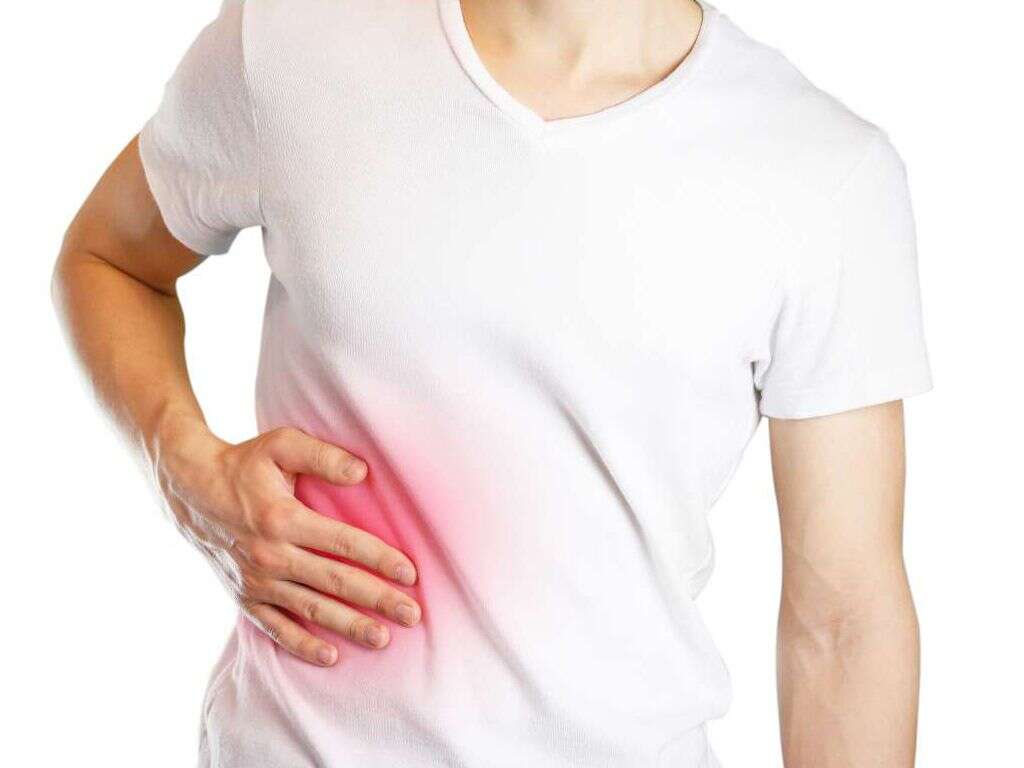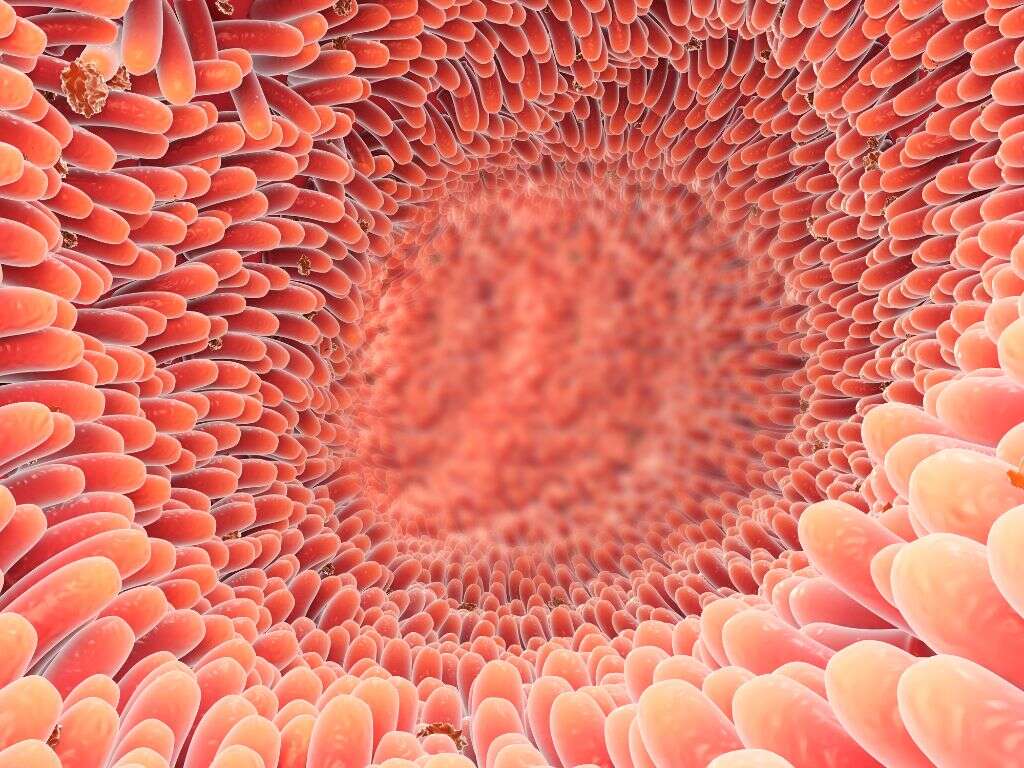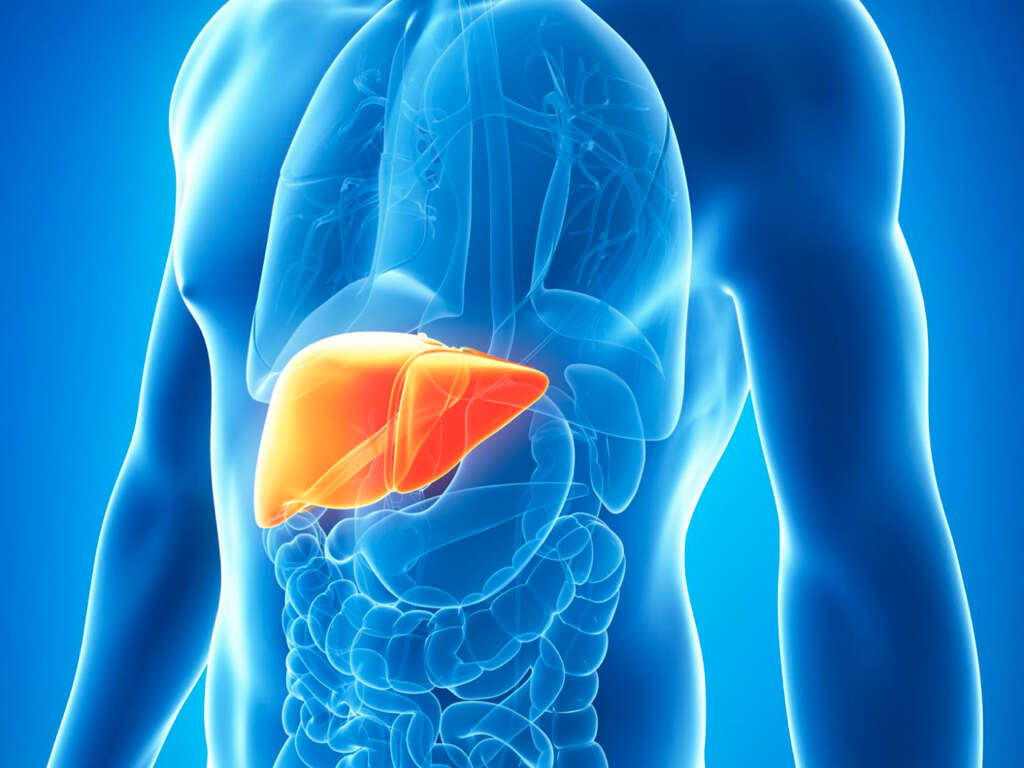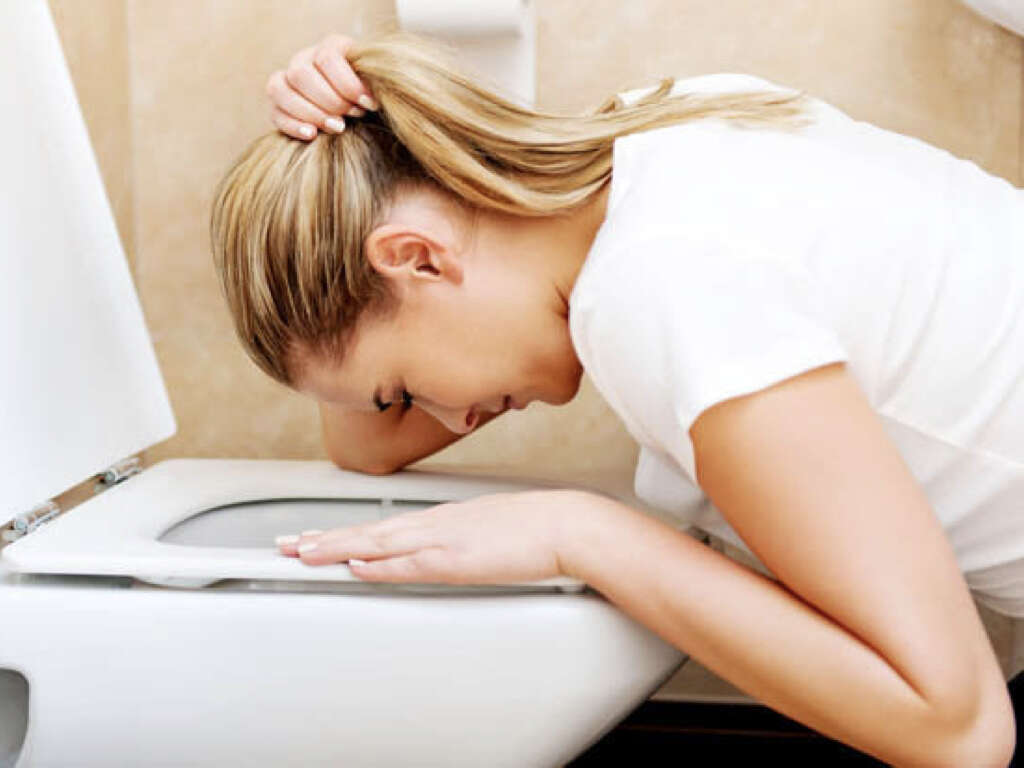10 Gallstones Symptoms
Gallstones are small stones that form in our gallbladder. They are usually made of cholesterol crystals that accumulate and less frequently they can be made of pigments like bilirubin as well. This condition is medically known as cholelithiasis and it affects over 20 million people in the US1Gallstones (Cholelithiasis). Author: Douglas M. Heuman - https://emedicine.medscape.com/article/175667-overview#a5. Females are more likely to develop gallstones than men. Among the most common risk factors associated with this condition are: being overweight, having a family history of cholelithiasis, taking oral contraceptives, diabetes, and losing a lot of weight during a short period of time.
During the early stages of the disease, as the stones start to form, it usually produces no symptoms whatsoever. Eventually, the gallstones will cause the symptoms that we are about to describe and if the condition is left untreated it may lead to complications like bladder inflammation (cholecystitis), pancreatitis, and infection of the biliary tract (cholangitis).
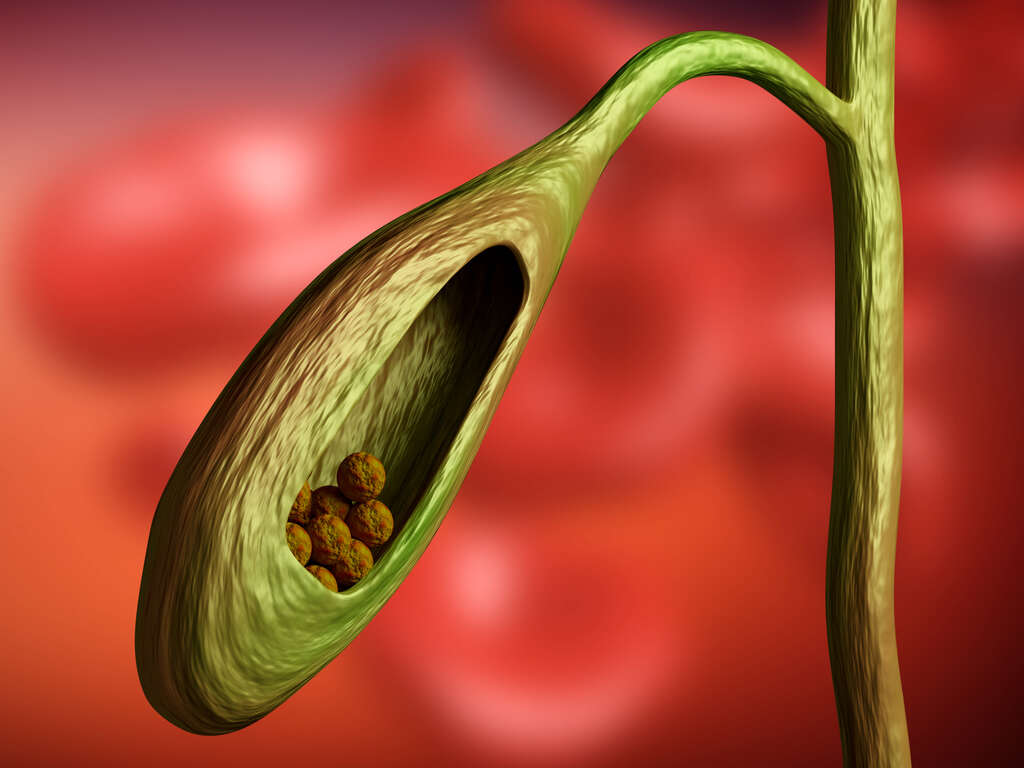
1. Abdominal Pain
Abdominal pain is a non-specific symptom associated with many conditions. The location and characteristics of the pain can help to distinguish between different pathologies and it can be very useful information to the clinicians in order to provide an accurate diagnosis.
This is the most common symptom associated with cholelithiasis and it is medically known as biliary colic. Dull pain in the right upper quadrant of the abdomen usually after a meal is the most common presentation of biliary colic. Some patients may also complain about pain in the middle region of their abdomen. The pain usually lasts for a few hours and can be quite uncomfortable.

2. Back Pain
Back pain is the number one medical complaint in the US. It is described as pain felt anywhere in the back but it is most commonly felt in the lower portion of the back. This is a non-specific symptom that can be associated with many conditions such as muscle spasms and disc herniation to name a few.
Biliary colic can also cause a patient to experience pain in the middle portion of their back. It is caused by the complex nervous distribution of the abdomen that may cause pain to appear in other regions in a condition known as referred pain. Usually appears shortly after the abdominal pain stars and it can be quite debilitating as well.
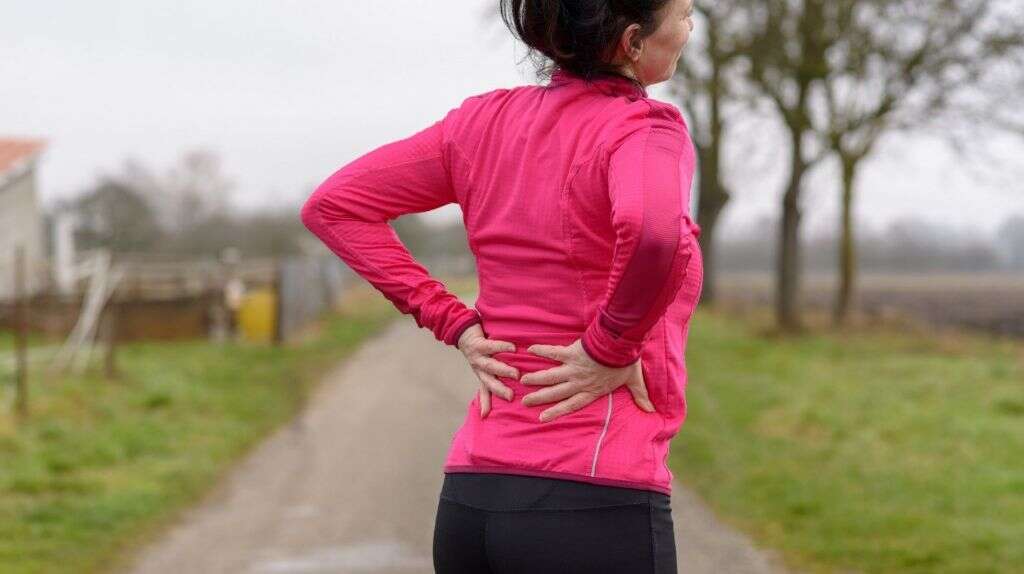
3. Shoulder Pain
Shoulder pain is a very common symptom associated with many conditions both directly related to the shoulder joint, and other conditions that cause shoulder pain indirectly. Usually, shoulder pain can be attributed to a problem with the muscles, bones, and/or tendons surrounding the joint such as tendinitis and rotator cuff injuries. Moreover, it can be a sign of a more serious condition such as a heart attack or biliary colic, therefore, it is important to seek medical attention for a proper diagnosis.
On top of the abdominal pain associated with gallstones, it can cause pain in the right shoulder as well. It can affect the entire shoulder but most commonly it is limited to the right shoulder blade. For most patients, this can be truly annoying and it can be a hard symptom to correlate to a gallbladder issue, therefore, it can be overlooked.
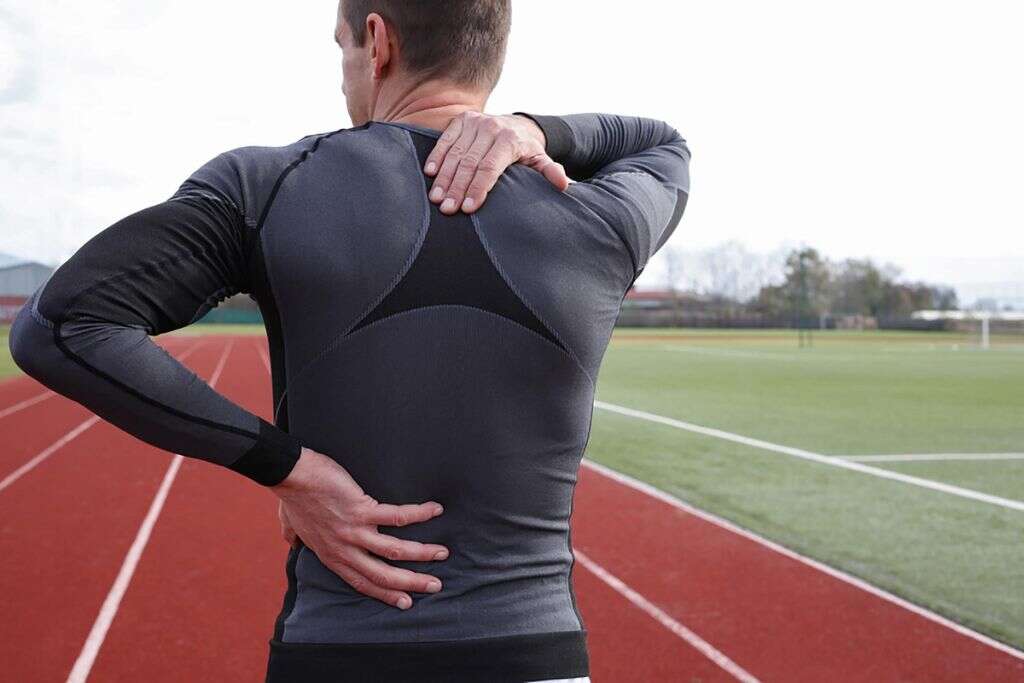
4. Nausea
Nausea is commonly defined as the urge to vomit. It can appear suddenly, but in some cases, it has an insidious onset. It is a non-specific symptom that can be associated with many conditions, but it can also be triggered by certain events or things in our surroundings.
This is a common symptom seen in many patients with gallstones. It is usually experienced after meals, especially after eating foods that are rich in fat. The classic abdominal pain associated with biliary colic may cause the waves of nausea to appear or to become worse over time as well.

5. Vomiting
Vomiting is described as the abrupt emptying of stomach content through the mouth and occasionally trough the nostrils as well. It is usually associated with preceding nausea but some conditions may cause a person to vomit without warning, which is medically known as projectile vomiting. Patients with multiple episodes of vomiting are prone to becoming dehydrated which can cause many complications.
Some patients with gallstones complain about sporadic episodes of vomiting that are closely related to the onset of abdominal pain after meals. Luckily, this is not a common symptom and when it happens it rarely leads to complications such as dehydration.

6. Bloating
Bloating can be described as the subjective sensation of abdominal fullness or heaviness related to intestinal gas. It is a common and non-specific symptom associated with many conditions such as irritable bowel syndrome (IBS), inflammatory bowel disease (IBD), and celiac disease to name a few. The increase in intestinal gas causes the feeling of fullness and in some cases, it may lead to an increase in abdominal diameter (also known as abdominal distention).
This is a common finding among patients with gallstones. Many patients have no symptoms in the early stages of the disease and many others only have mild symptoms such as abdominal bloating. As the disease progresses, more symptoms are going to appear and the diagnosis becomes more evident.
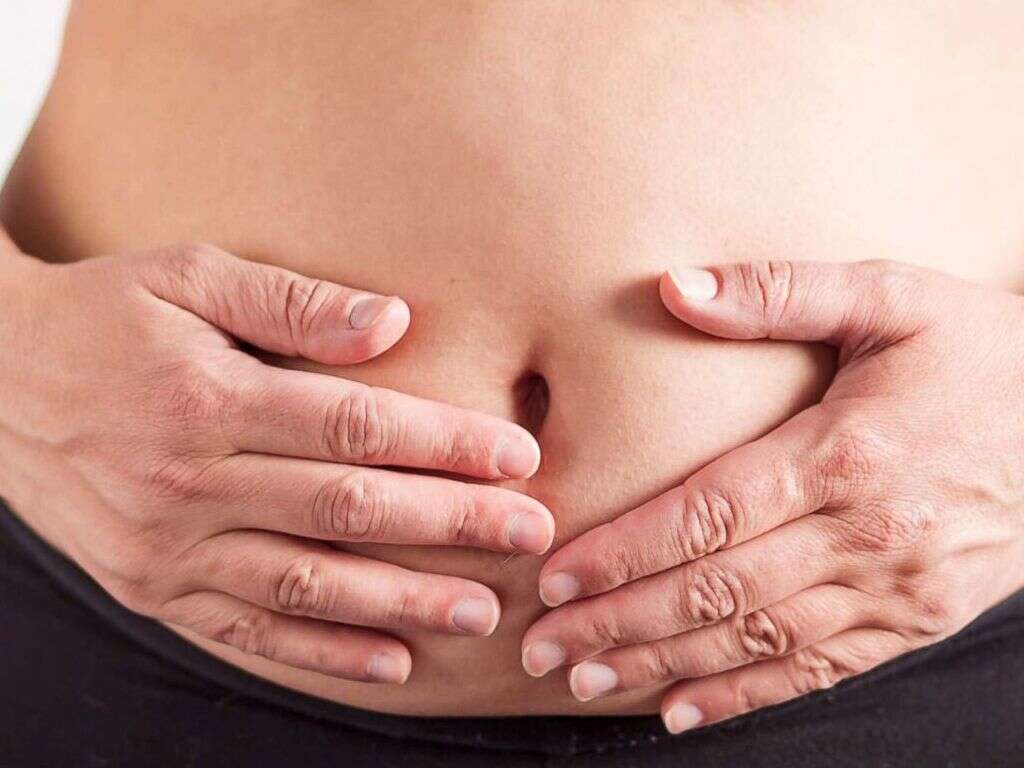
7. Indigestion
Indigestion, also known as dyspepsia is often described by many people as “having an upset stomach”. It usually involves a feeling of fullness after meals, early satiety, nausea, and/or a burning sensation in the upper abdomen. It is a non-specific symptom that can be associated with many conditions.
Despite being a very subjective symptom, most patients with gallstones tend to experience some form of indigestion throughout their condition. At first, it can be hard to correlate this symptom with a gallbladder condition, therefore, it is important to seek medical attention for a proper diagnosis.

8. Increased Heartbeat
Tachycardia is the medical term that describes a rapid heartbeat. It is medically defined as a heart rate that goes above 100 beats per minute. Depending on the situation, an increased heart rate can be perfectly normal. Exercise and extremely stressful situations will cause the heart rate to increase and it is a perfectly normal response to these events. On the other hand, conditions like anxiety and cardiac arrhythmias may also cause a person to experience tachycardia.
Patients with cholelithiasis may experience tachycardia during biliary colic. As the abdominal pain increases in intensity, it may cause an increase in the normal heart rate of the patient. It usually normalizes after the pain resolves.
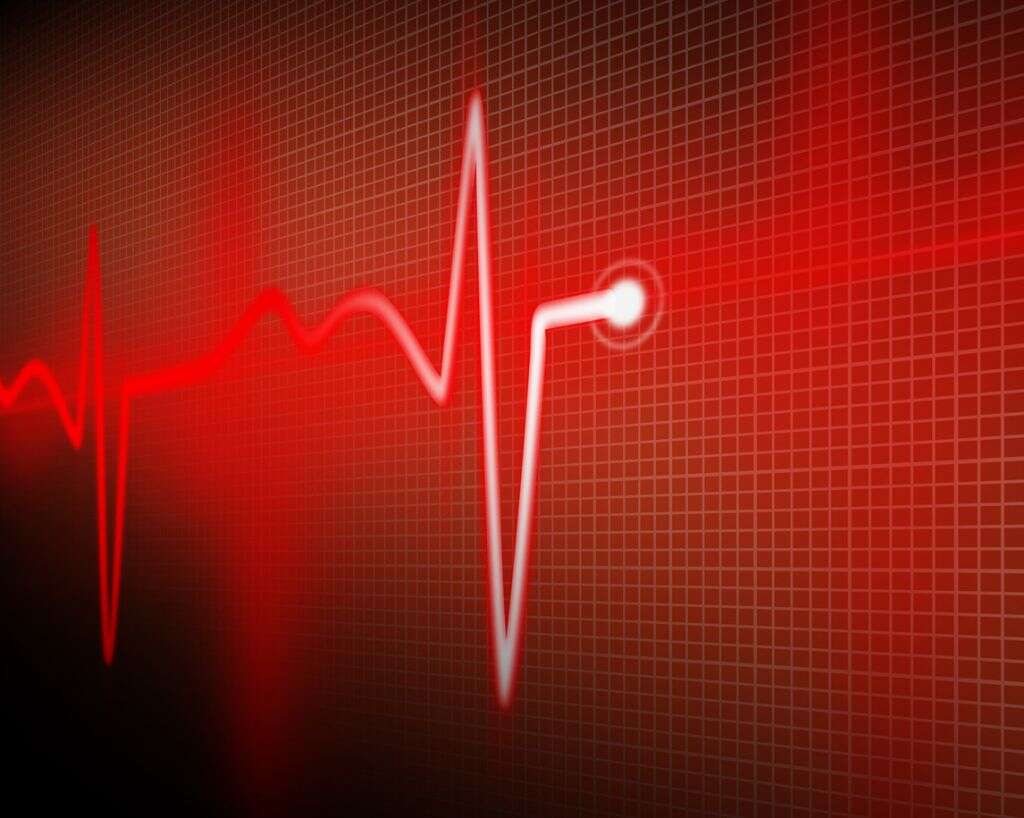
9. Intolerance to Fatty Foods
The gallbladder plays an important role in fat absorption. After a meal, the gallbladder is going to contract to release bile into the duodenum to aid the process of food breakdown and absorption. If there are stones in the bladder, they can become trapped during the normal contraction of the bladder after a meal, causing the usual pain described as biliary colic.
Patients with gallstones are prone to developing more symptoms after eating foods that are rich in fat. Therefore, they tend to avoid high-fat foods in order to prevent abdominal pain and other symptoms related to cholelithiasis.

10. Yellowing of The Skin
Jaundice is the medical term that describes the yellow-coloring of the skin and the mucosae. It is the direct result of an abnormal increase in bilirubin in the bloodstream. It is usually noticeable in the skin, the eyes, and the mouth. It is a non-specific symptom that can be caused by many conditions like viral hepatitis, cirrhosis, and liver damage to name a few.
If left untreated, cholelithiasis can progress to cause acute inflammation of the gallbladder known as cholecystitis. This is a serious condition that can cause many complications such as pancreatitis to occur. If you are experiencing this symptom, you should seek medical attention for a proper diagnosis.




